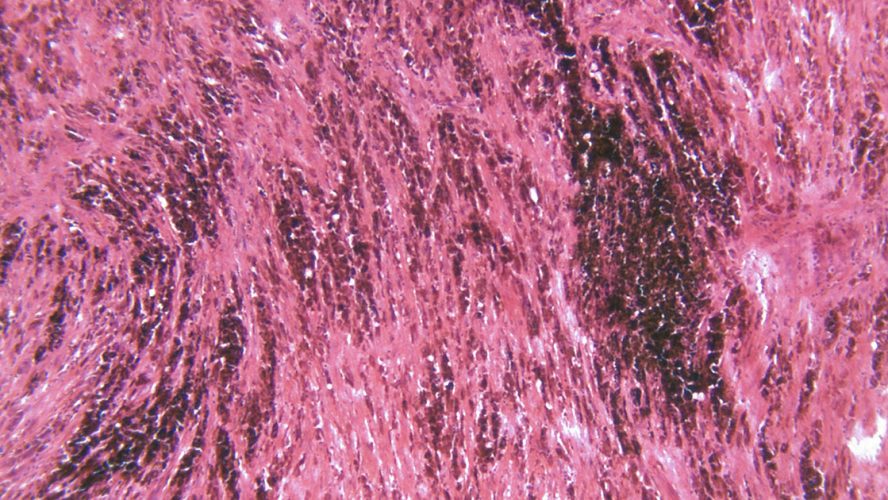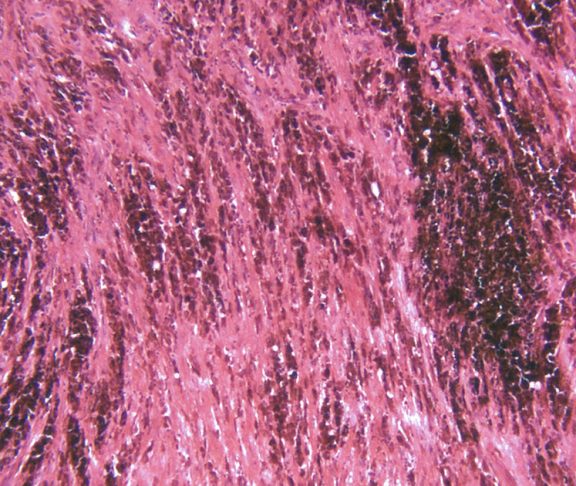
Louise Perkins, Ph.D.
Chief Science Officer, Melanoma Research Alliance
“Despite this progress and the newfound hope, researchers and physicians need to continue their work towards improving outcomes and bringing us closer to long term survival and cures for all melanoma patients.”
Melanoma is the deadliest form of skin cancer, and rates of melanoma have more than doubled in the US over the last three decades. Today, it is one of the most common cancers diagnosed in the United States, and in fact the most common among 24 to 29 year olds. In the United States, over 87,000 people are expected to receive a melanoma diagnosis in 2017, and nearly 10,000 are anticipated to lose their battle with the disease.
The sooner a melanoma is caught, the better the outcome. Indeed, individuals receiving a stage 1 diagnosis have better than a 90 percent five-year survival rate, while individuals with late stage 3 or 4 melanomas have faced five-year survival rates of less than 15 percent until recently.
A new wave of options
Prior to 2011, the mainstays for treatment of melanomas were either surgery, chemotherapy or radiation therapy. Starting in 2011, however, things changed for melanoma patients with innovative treatments bringing better outcomes and hope. In the past six years, a total of 11 new treatments for melanoma have been approved by the FDA, including immunotherapies that re-energize the immune system to fight the cancer and targeted therapies aimed at destroying melanoma cells that have a particular mutated gene.
Working with the body
Immunotherapy works by stimulating the immune system to fight cancer. This is very different from other cancer treatments, which act on the tumor cells directly. Immunotherapies may either be systemic, meaning that the drugs travel through the bloodstream, or local, where physicians inject the drug into or near an accessible tumor.
Immunotherapies offer enormous promise to patients — even those with advanced melanoma that has spread to multiple sites in the body. What is also exciting is that while initially only available for melanoma, physicians now use immunotherapies first approved in melanoma to treat lung, kidney, head and neck and blood cancers, and immunotherapy drugs are being tested in dozens of other cancers.
Precision medicine
Targeted therapy works by targeting parts of cancer cells that differ from normal cells. The drugs slow the growth and spread of melanoma by blocking the function of mutated molecules. If you have advanced melanoma, your physician will have your melanoma tested for these mutations. Targeted therapy drugs are taken by mouth and are often used with one another in combination.
Marching towards cures
Compared to just six years ago, advanced melanoma patients face much better odds because of targeted therapies and immunotherapies. In fact, one-third of those treated with one of the latest immunotherapies are alive at five years — twice what would have been seen when surgery, radiation and chemotherapy were the only options. Despite this progress and the newfound hope, researchers and physicians need to continue their work towards improving outcomes and bringing us closer to long term survival and cures for all melanoma patients.
Louise Perkins, Ph.D., Chief Science Officer, Melanoma Research Alliance, [email protected]

